Sigma 50mm F2 DG DN | C review
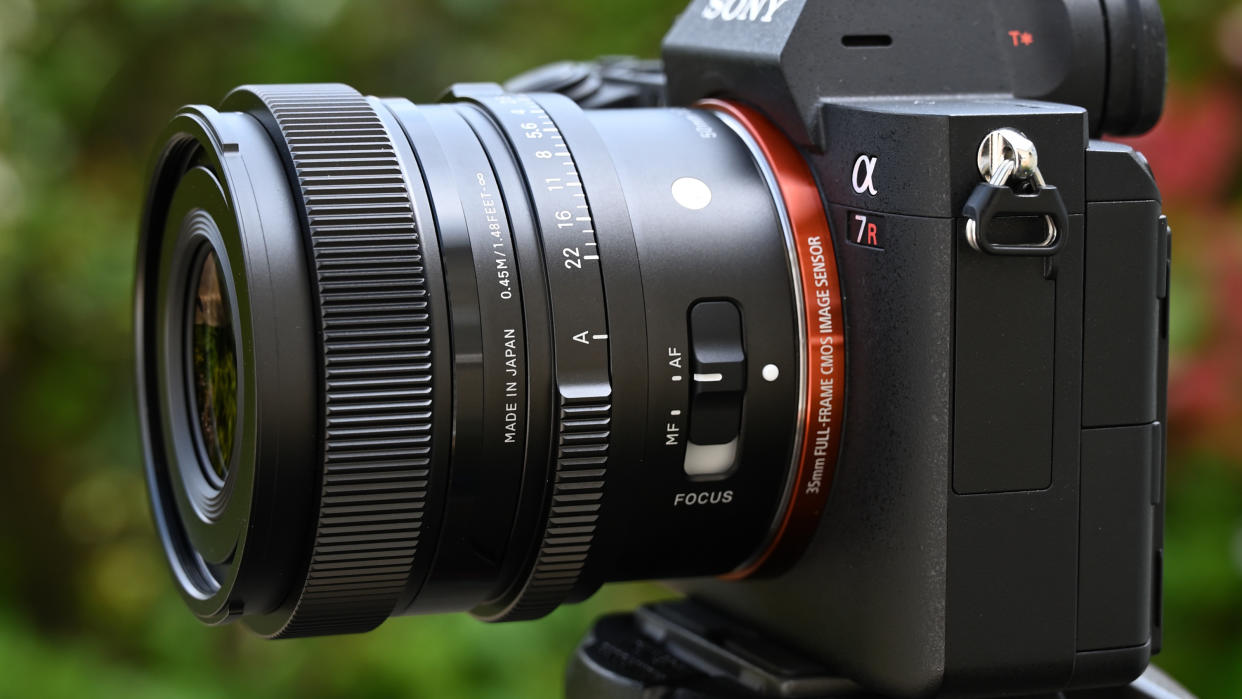
The Sigma 50mm F2 DG DN | C delivers an entirely natural perspective for shooting with Sony E and Leica L mount full-frame cameras, with its standard 50mm focal length. As such, it’s ideal for general shooting as well as for environmental and half-length portraiture. Mount the lens on an APS-C format body, and you get an ‘effective’ focal length of 75mm, making it well suited to tighter head-and-shoulders portraits.

Naturally, the lens is an f/stop faster than a 24-70mm f/2.8 ‘trinity’ standard zoom, enabling a tighter depth of field and faster shutter speeds under low lighting conditions. The flipside is that it’s also an f/stop slower than the Sigma 50mm F1.4 DG DN Art lens with its more appealing f/1.4 aperture rating. The big deal about Sigma’s Contemporary lenses is that they’re relatively compact and lightweight, compared with the company’s Art lenses. That can count for a lot when you’re on the road or even just shooting for long periods of time, and the 50mm F2 certainly feels ideally matched to slimline mirrorless cameras.
Specifications
Mount: Sony E, Leica L
Full-frame: Yes
Autofocus: Yes
Stabilization: No
Lens construction: 11 elements in 9 groups
Angle of view: 46.8 degrees
Diaphragm blades: 9
Minimum aperture: f/22
Minimum focusing distance: 0.45m
Maximum magnification ratio: 0.14x
Filter size: 58mm
Dimensions: 70x68mm
Weight: 350g
Key features
A plus point for Sigma’s E-mount and L-mount Contemporary series of prime lenses is that they have a very consistent feature set. Get to know any one of them and your muscle memory will serve you well when swapping between different lenses in the line-up. Just like in other full-frame compatible Sigma lenses including the 20mm, 35mm and 65mm DG DN | C f/2 primes, the 50mm features an aperture control ring. The same goes for the ultra-wide-angle but slower Sigma 17mm F4 DG DN | C, launched at the same time as this 50mm prime.
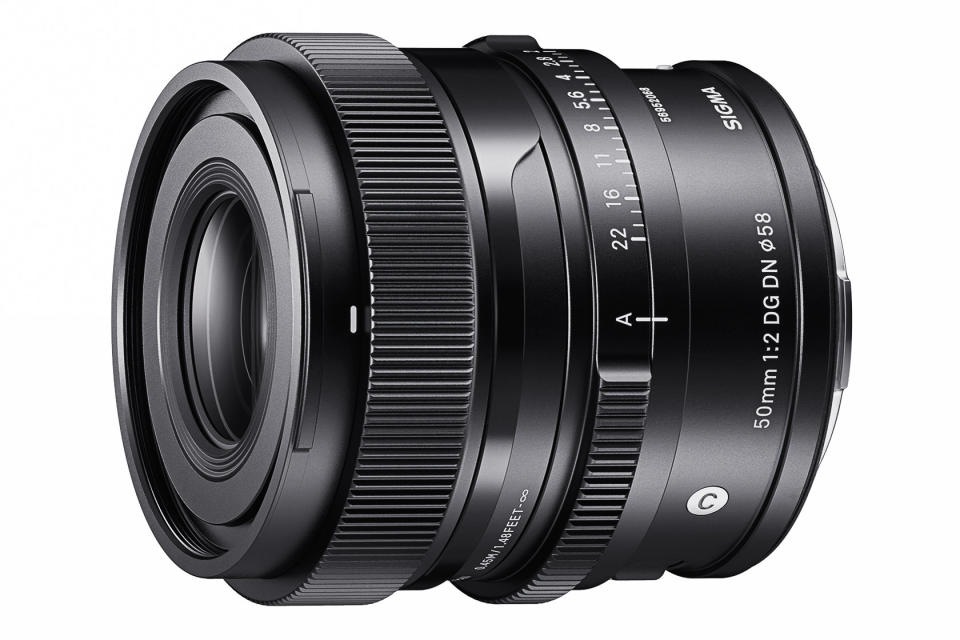
The aperture ring is neatly calibrated in one-third f/stop click steps, which helps to ensure accuracy and consistency when shooting stills. However, a common trait of the Contemporary lenses in the series is that the aperture ring can’t be de-clicked for stepless operation when shooting video. There’s also no locking switch to fix the ring in its Auto position, which you’ll need to use in Program AE and Shutter-priority shooting modes. Sigma’s 50mm F1.4 DG DN Art lens goes one better by featuring a click/de-click switch for its aperture ring, as well as adding a customizable Function button (nominally for AF-hold), which again is lacking in the smaller Contemporary lens.

Indeed, ‘smallness’ counts as a key feature for photographers who like to shoot and travel light. As it turns out, the 50mm Contemporary lens is only 68mm long (barely more than 2.5 inches) and weighs in at just 350g. As such, it’s only about two-thirds the length and half the weight of the 50mm f/1.4 Art lens, and it has a relatively small filter thread of 58mm compared with 72mm for the Art lens.
The optical line-up is pretty sophisticated for a 50mm prime, with 11 elements arranged in 9 groups. These include three aspherical elements and one SLD (Special Low Dispersion) element, the combination aiming to enhance sharpness and clarity, while reducing size, weight, distortion and unwanted optical aberrations.
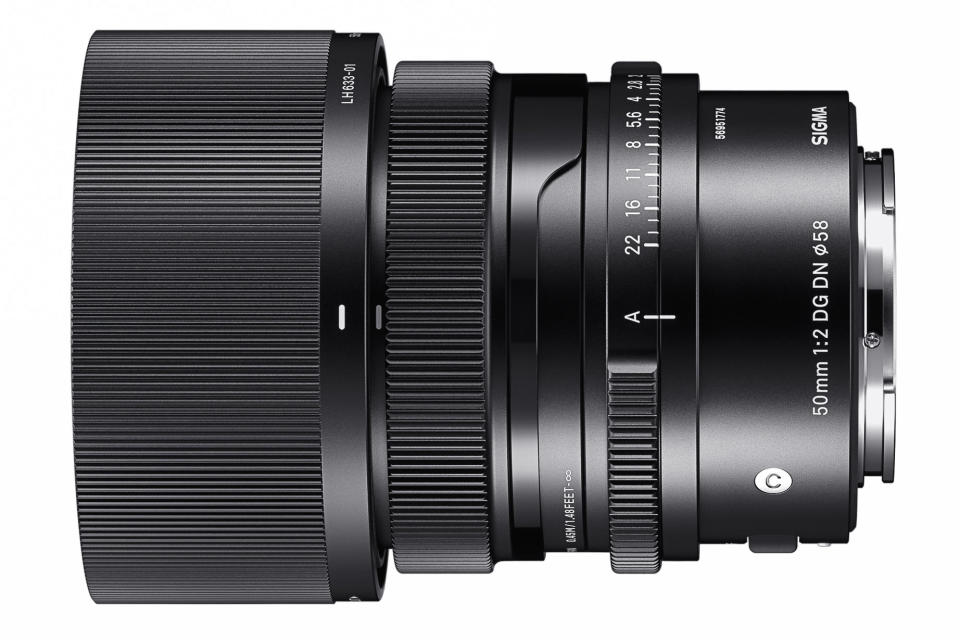
Build and handling
Build quality feels really solid, despite the lightweight construction, based on a metal barrel and brass mounting plate. The latter is weather-resistant but the lens isn’t fully weather-sealed, as with other Contemporary primes in the line-up. Even the bayonet-fit lens hood is made from metal rather than plastic, and the lens comes complete with two front caps. One is of the conventional clip-in plastic variety, and the other is a metal cap that stays in place by magnetic attraction.
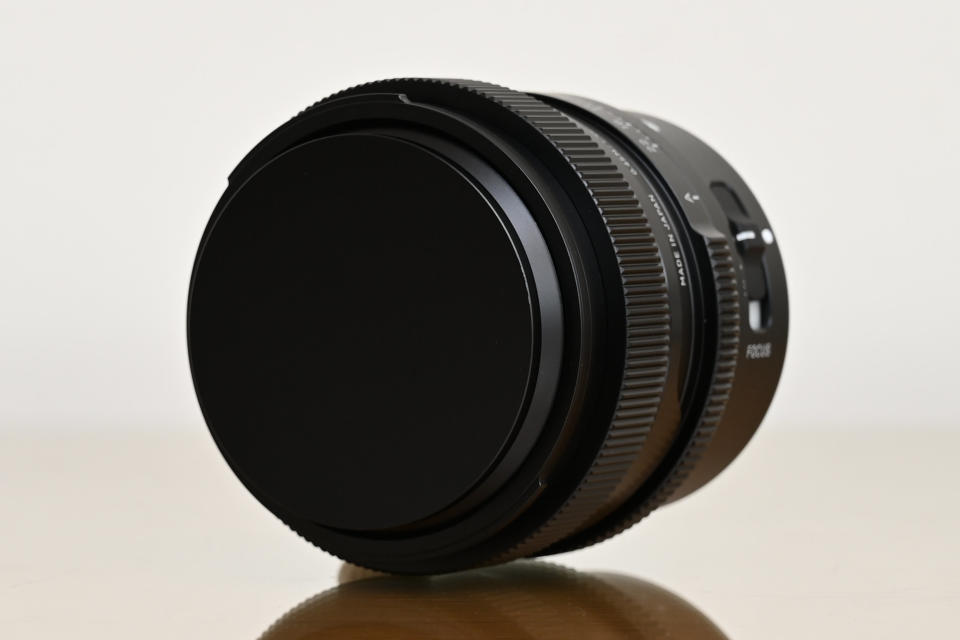
The focus ring operates with smooth precision, electronically coupled to the linear stepping motor that drives autofocus. Autofocus itself is quick and snappy for stills, smooth and virtually silent for video. Full-time override of autofocus is available in the Sony E-mount version of the lens that we tested, as well as enabling advanced autofocus modes and a focus peaking option for manual focusing, where available in host camera bodies.
Performance
Autofocus proved utterly reliable and consistent throughout our testing. Levels of sharpness are scintillating across the entire image frame, right into the corners, even when shooting wide-open at f/2. Both lateral and axial chromatic aberrations are entirely negligible, the latter often referred to as ‘bokeh fringing’. Bokeh itself is nice and smooth when shooting wide open and remains of good quality when stopping down a little, helped by a well-rounded 9-blade diaphragm.
There’s just a touch of barrel distortion but it’ll normally go completely unnoticed in images. For critical situations like in architectural photography, automatic in-camera correction can deliver virtually zero-distortion results. Auto correction is also generally available for vignetting, which can be noticeable when shooting at f/2. However, slightly darkened corners of images can sometimes be a plus point for creative expression.

All in all, performance is excellent. This lens is well worth the saving in size, weight and money compared with the Sigma 50mm F1.4 DG DN Art lens, if you don’t feel the need for a faster aperture rating.
Sample images





Lab results
We run a range of lab tests under controlled conditions, using the Imatest Master testing suite. Photos of test charts are taken across the range of apertures and zooms (where available), then analyzed for sharpness, distortion and chromatic aberrations.
We use Imatest SFR (spatial frequency response) charts and analysis software to plot lens resolution at the center of the image frame, corners and mid-point distances, across the range of aperture settings and, with zoom lenses, at four different focal lengths. The tests also measure distortion and color fringing (chromatic aberration).
Sharpness:
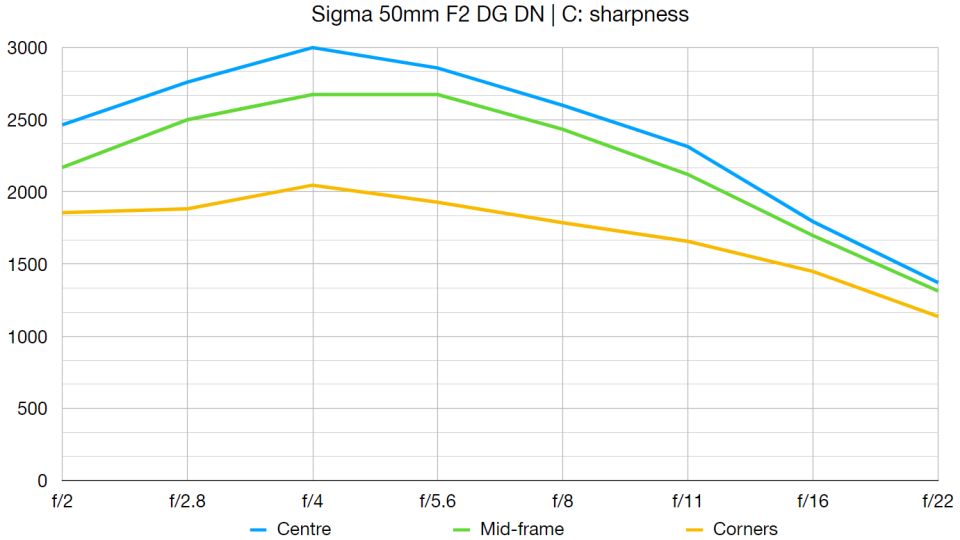
From the center of the frame to the extreme edges and corners, and everywhere in between, the lens delivers excellent sharpness even wide-open at f/2. Sharpness remains superb throughout almost the entire aperture range, only dropping off at the narrowest aperture of f/22 due to the normal issue of diffraction.
Fringing:
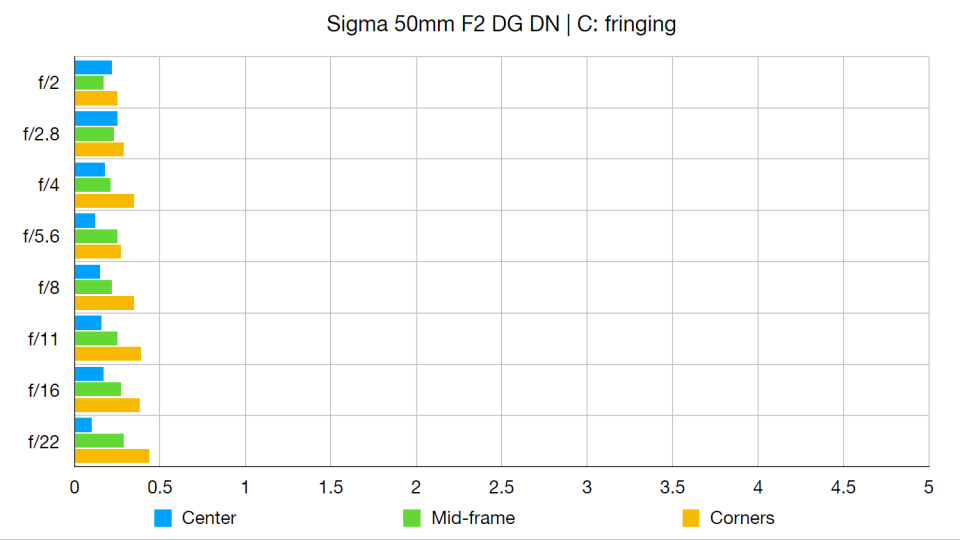
Lateral chromatic aberration is negligible at all apertures, even out at the edges and corners of the image frame. Axial chromatic aberration is also very minimal. Also referred to as ‘bokeh fringing’ this can be more of a problem anywhere in the frame with fast lenses. It causes color fringing at wide apertures around high-contrast transitions, just in front of or behind the plane of focus. The Sigma keeps it under control very effectively.
Distortion: -0.47 (barrel, negligable)
There’s just a hint of barrel distortion which you generally won’t notice in the vast majority of ‘real-world’ shots. For eliminating distortion in the likes of architectural shots, it’s easy to apply automatic correction in-camera, or at the editing stage.
Verdict
With its f/2 aperture, this isn’t the fastest ‘nifty fifty’ out of the traps but it’s refreshingly compact and lightweight, and feels really nicely balanced on full-frame mirrorless cameras. It has refined handling characteristics, complete with an aperture control ring, and delivers super-lovely image quality, all at a very reasonable asking price. What’s not to love?
Read more:
• Best camera lenses to get
• Best Canon lenses
• Best Nikon lenses
• Best Sony lenses

